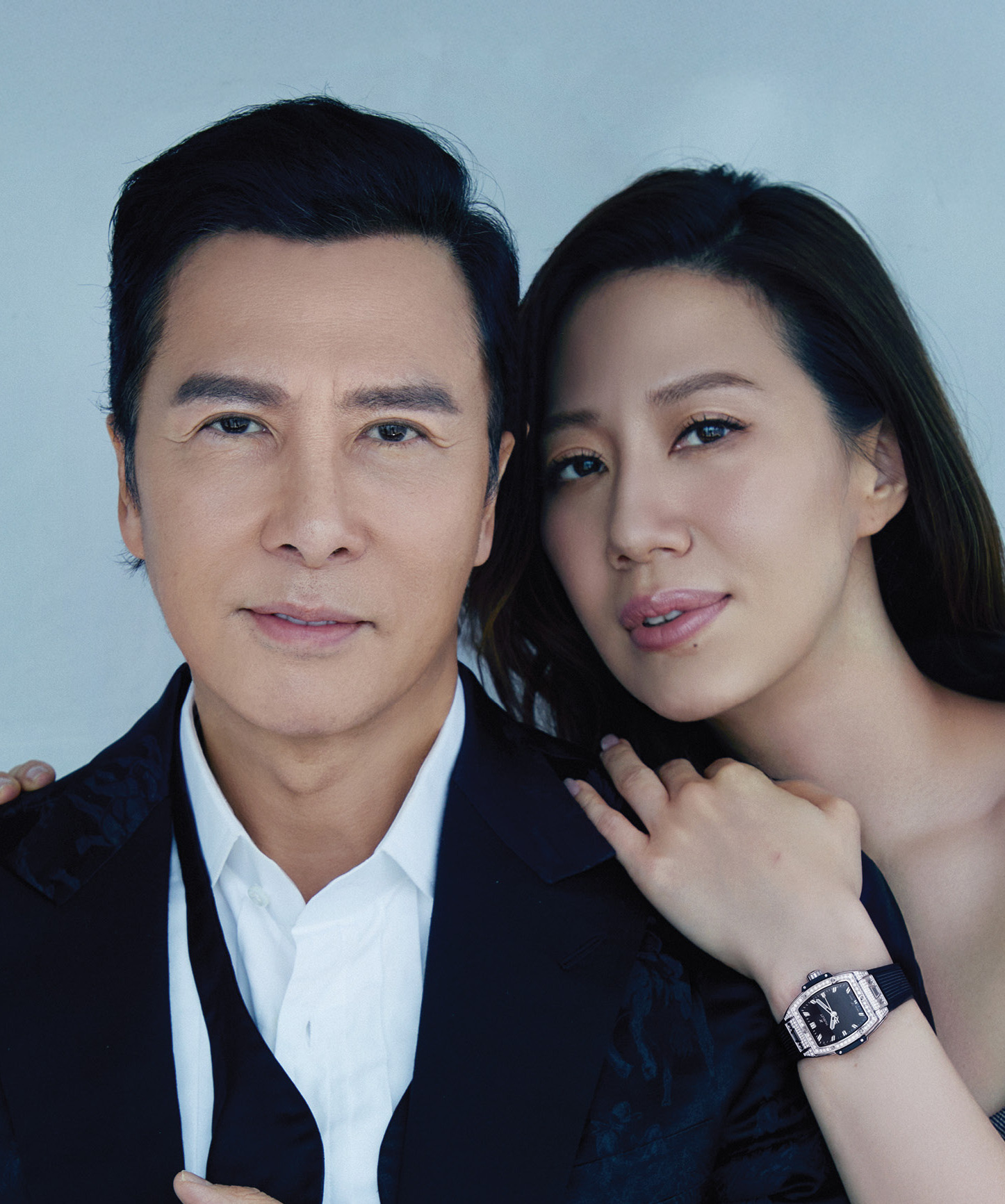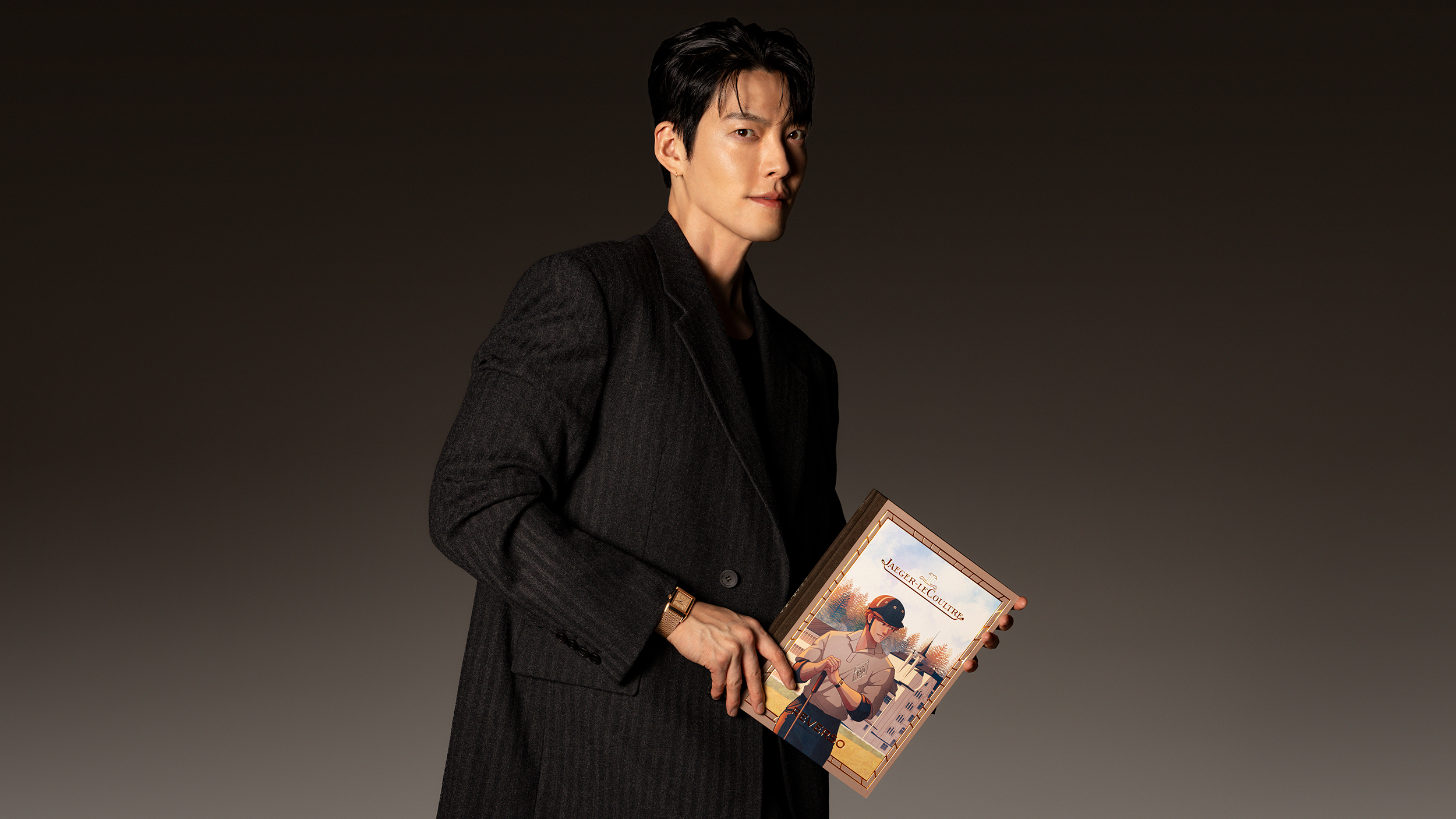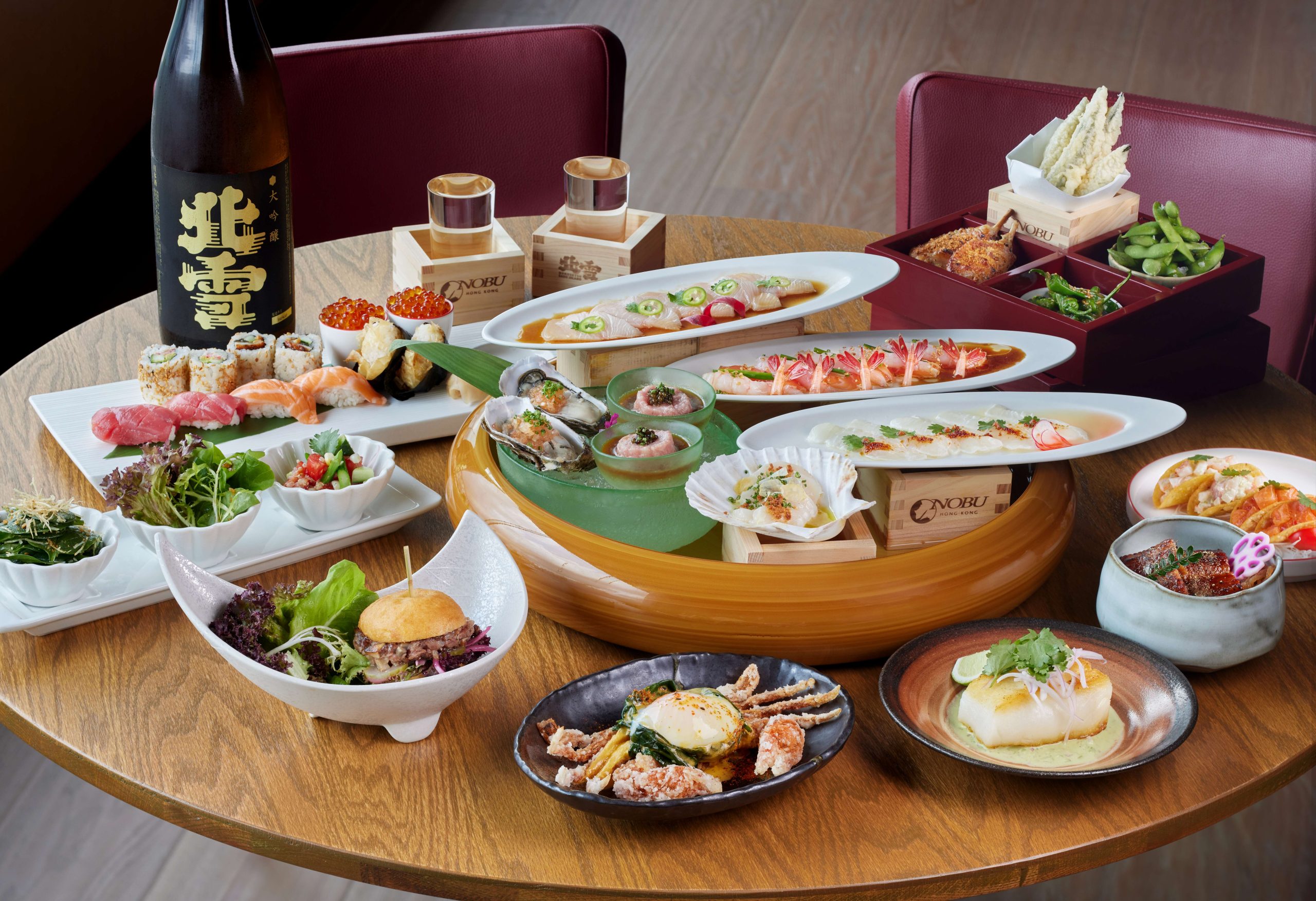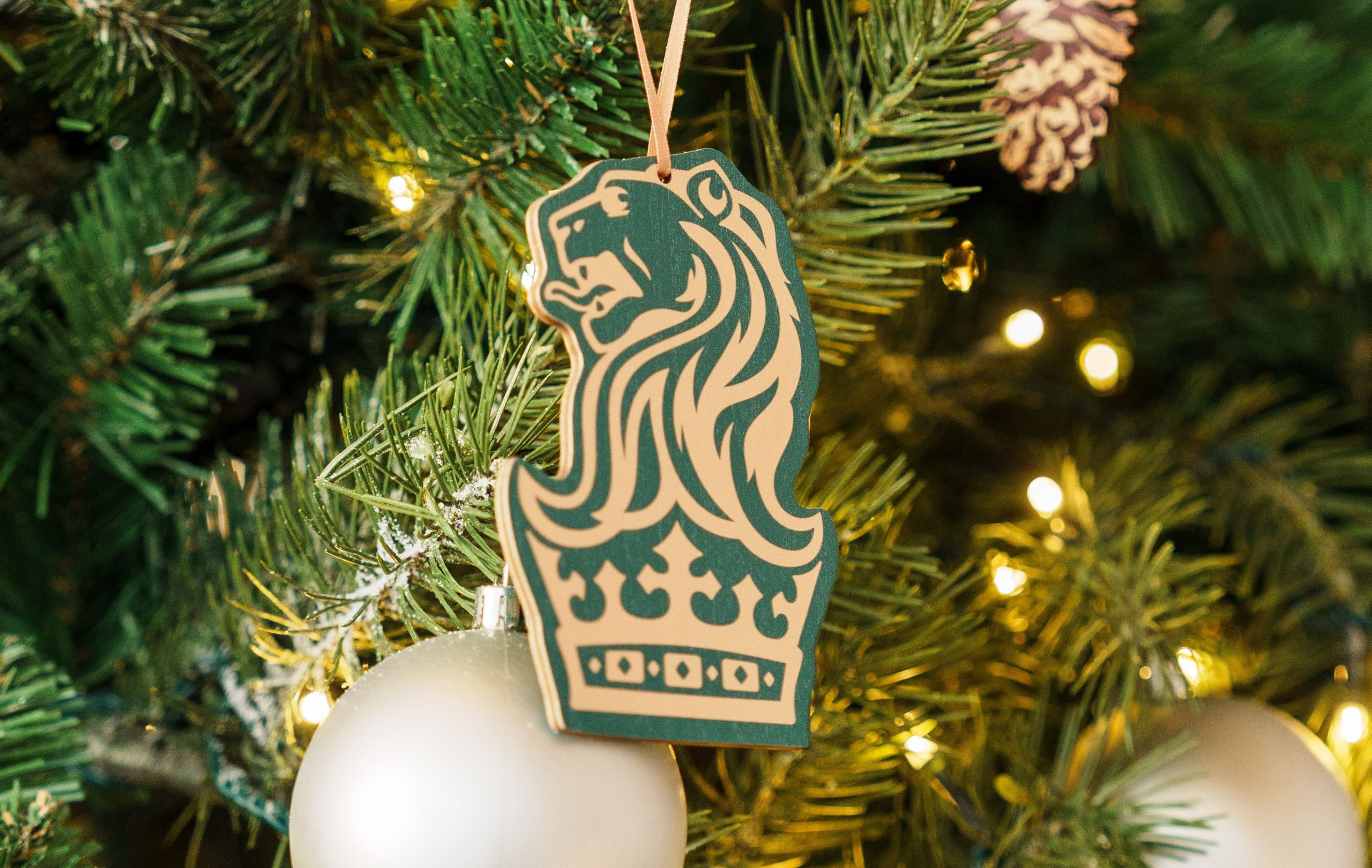What is a xiansheng? Ian Hylton has been crafting what it means to be a modern Chinese gentleman through his eponymous brand since 2020. The designer talks to Zaneta Cheng about the vast history he references, the specific type of elegance that Chinese luxury embodies and what that can look like today
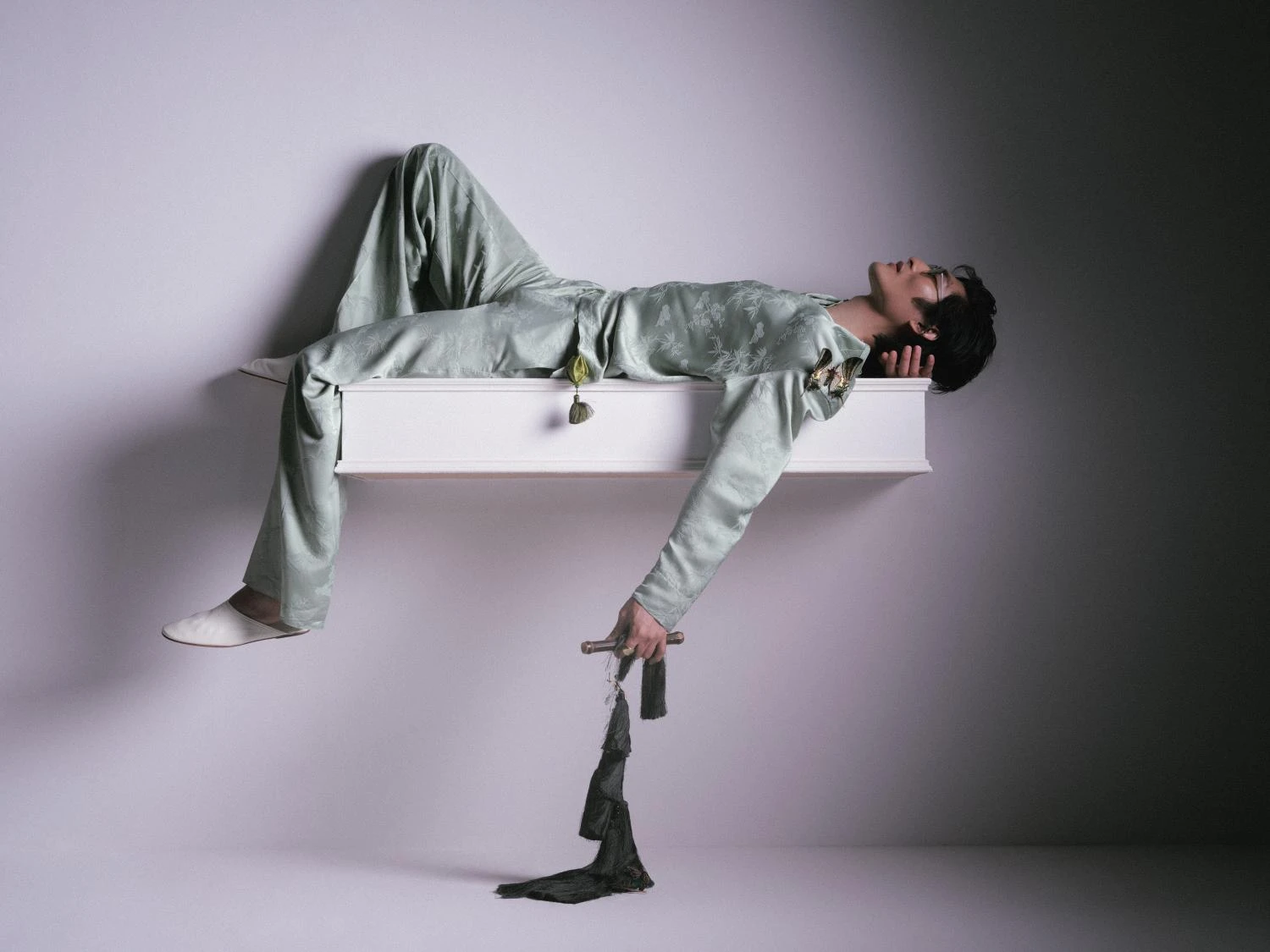
Ian Hylton believes that there’s nothing as beautiful as seeing people from a culture in their national clothing. “An Indian woman in a sari or a Chinese woman in a qipao – I feel Western aesthetics, be they French, Italian or American, have taken a lot of market share in recent decades, but there is something so important in the expression of a style based on culture that cannot and should not be denied.” For Hylton, the ultimate expression of this is that of the Chinese xiansheng. A form of Chinese elegance, “it’s not hundreds of years old, it’s dynasties old, and there’s so much to be inspired by and so many stories to tell. The Chinese xiansheng aesthetic is most definitely one of the most beautiful
ways to look and this needs to be shared, honoured and celebrated.”
Weaving in elements of culture, lifestyle and design, Hylton’s modern Chinese clothing for gentlemen is a new proposition in luxury. Chinese luxury, the designer explains, “is different to Western luxury. It has less pretence and more purity. It was extreme luxury and extreme ease all in the same breath, and it is a sophistication that needs to be shared more broadly and globally. Traditional Chinese clothing is simply cut. Beautiful execution is key to a successful garment, updating details such as arm holes, seam work and the removal of excess. Alternatively, there’s the elaborate decoration of a festival garment.
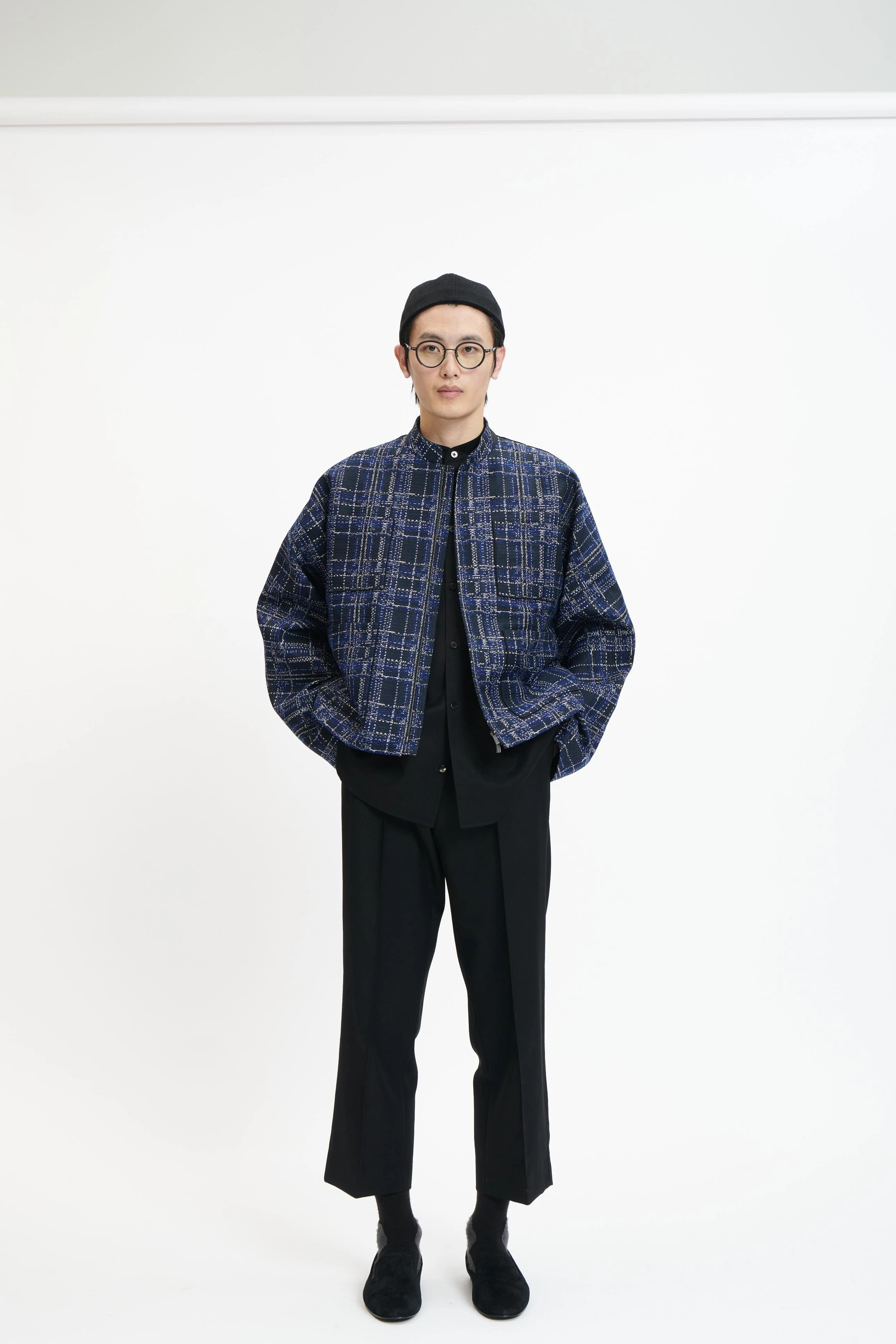
“I always think about the who, what, where, when and why of the work. I didn’t start this because I feel the world needs more clothes. My objective was to serve a client who is highly underserved and to celebrate an aesthetic that has global relevance and needs to be part of the global style conversation.”
His collections, Hylton insists, are not fashion. “These are not disposable clothes,” he says. Purpose, textile, and fabrication are all considered part of what it means to revive Chinese clothing (silks, superfine wools, cotton and cashmere are all essential materials used across the collections) and Hylton draws from across historical eras when looking for references in order to achieve the aesthetic.
Also see: Louis Vuitton’s Cruise 2026 Show heads to Avignon’s Palais des Papes
Hylton’s brand has also been guided by over two decades of living in China. He flew to Beijing with the intent to stay for one year and ended up not only staying but starting a family in the country. His autumn/winter collection, which will launch in July and be available at Beaureguards in Hong Kong, was inspired by an image of men standing by the port of Fujian Province where Hylton has lived. “It brought up images of Chinese literary figures from an earlier time,” he explains.
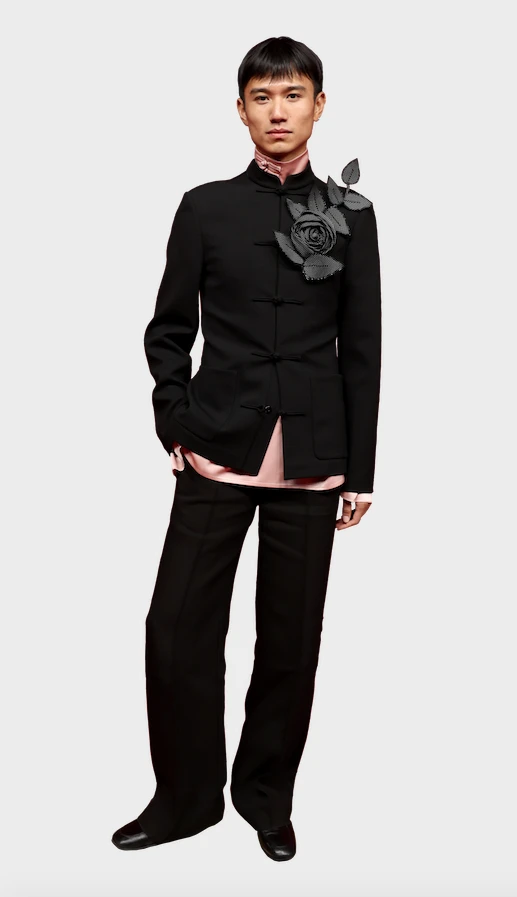
Chinese culture was even woven into Hylton’s upbringing. Growing up, many of the designer’s weekends were spent in Toronto’s Chinatown. “As you may know, Canada has the largest population of Chinese people outside of China and this cultural melting pot served as a beautiful way to grow up with a knowledge of the culture. My weekends were spent in Chinatown growing my love of the food and learning about the culture. There were many shops importing things from China and I fell in love. I used to wear a lot of these Chinese clothes in my youth,” Hylton says. “I was obsessed with silk padded Chinese jackets. I had them in several colours over many years. I’ve also never been a fan of collared shirts, so it’s usually mandarin collar shirts or simple knitwear.”
Propelled by this passion for Chinese pieces, Hylton decided to quit his executive career as vice president and creative director of menswear at Ports to join his wife’s brand Ms Min as president and launch its menswear line. In 2020, he decided to continue designing menswear under his eponymous label Ian Hylton.
“I spent years during the development of Ms Min making clothes for myself. I wanted that padded silk jacket – the one I grew up wearing – only I wanted it modernised. Back then it had thick cotton filling and if it got wet, it would get heavy and take a long time to dry. I recreated it with a much lighter technical down filling. It was also water resistant. What I wanted was a dinner jacket that was not for my dad but for me. I wanted a mandarin collar and a jacket that was modern in body, shape and length, made with luxurious fabric,” he says.
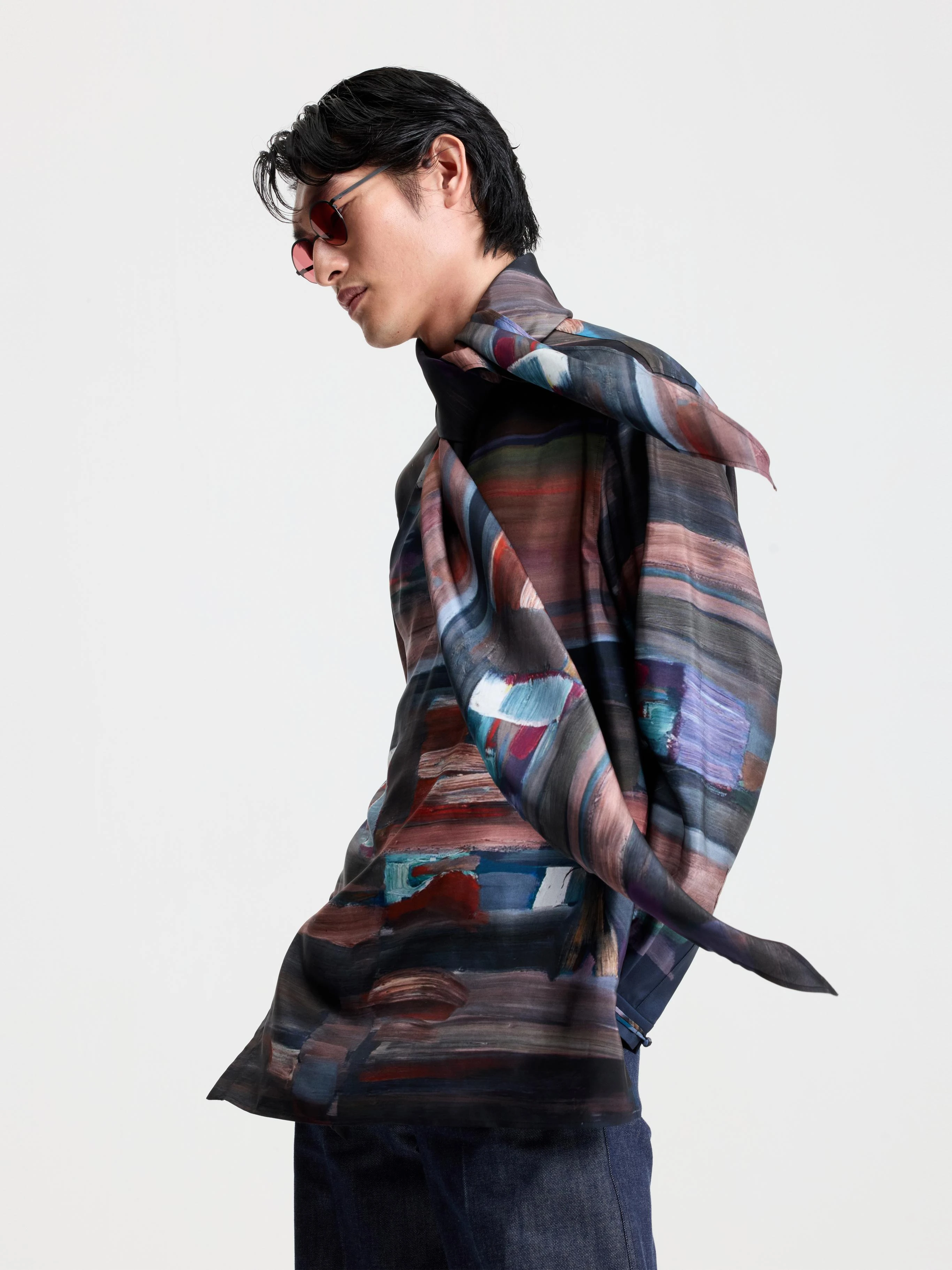
During this endeavour, Hylton built his brand on muses. One of them being Bohan Qiu, an educated and sophisticated 30-something whose confidence in fashion allows him to draw from the myriad international style references he has encountered. Of the brand, Qiu says, “Being a Chinese xiansheng carries a different meaning to that of a Western gentleman. For a century, we’ve been told to behave and act and think like the West. Embodying the idea of the xiansheng allowed me to feel closer to home and my own identity. How do I dress appropriately, subtly, elegantly, and at the same time in a modern and chic way that’s also culturally close to myself? Ian’s approach to clothing fills that void precisely.
“Growing up in contemporary China is a very unique experience. We absorbed everything from around the world while being fully immersed in an ever-changing society, culture and tradition, fusing ideologies and dress codes from all over in search of what is ‘Chinese’ today. Ian, among many designers today in China, works towards finding that unique style identity for modern-day Chinese people. As a Chinese person myself, I embody identities from all around so I don’t want to just dress like a traditional Chinese person, but want to explore how to own the cultural identity while being contemporary at the same time.”
This past January, Hylton took his brand to Paris Fashion Week, where it was met with curiosity and interest. “I want to see the clothes outside of China,” he says. “I want to share them with buyers and stylists in the West to see how ready and open they would be to this proposition.” For Hylton, the brand has grown from a means to produce beautiful pieces that allow him to indulge his love for Chinese culture and its aesthetic into a culture, a point of view and a way of living that he wants to share with the world. “It takes education and acceptance in both the East and the West, but we are moving in the right direction.”


